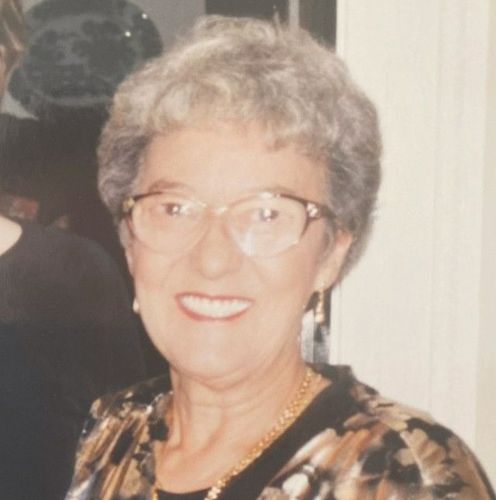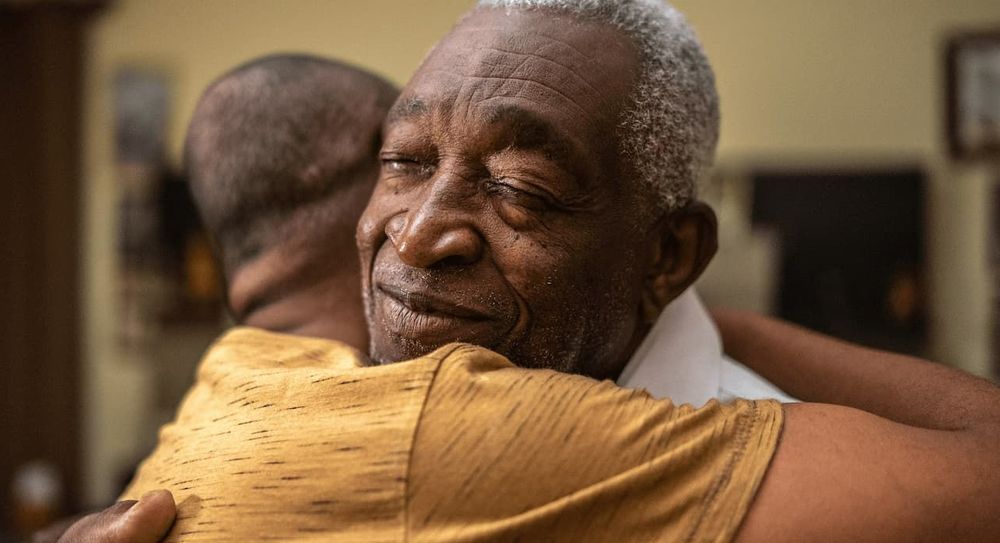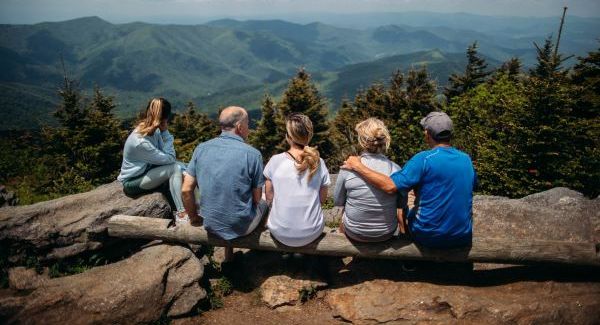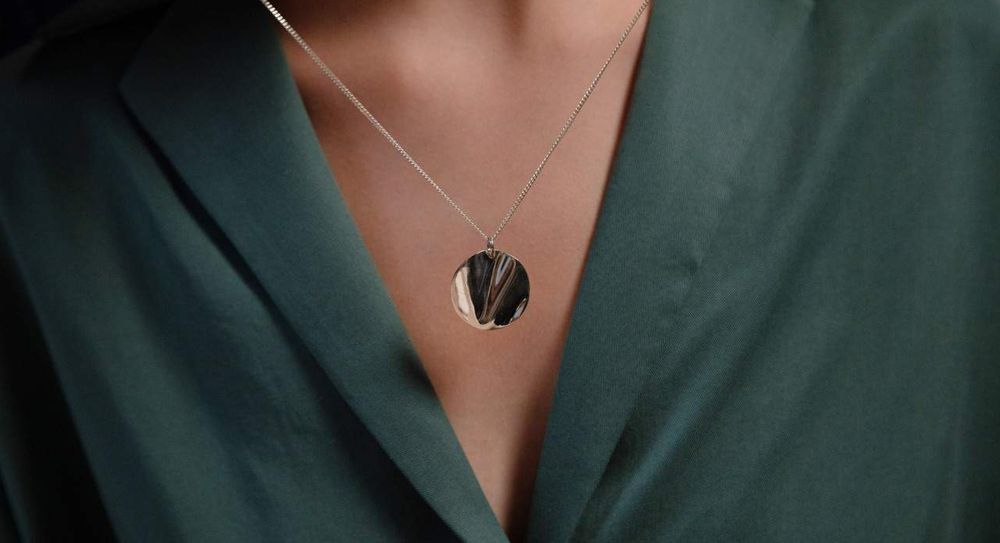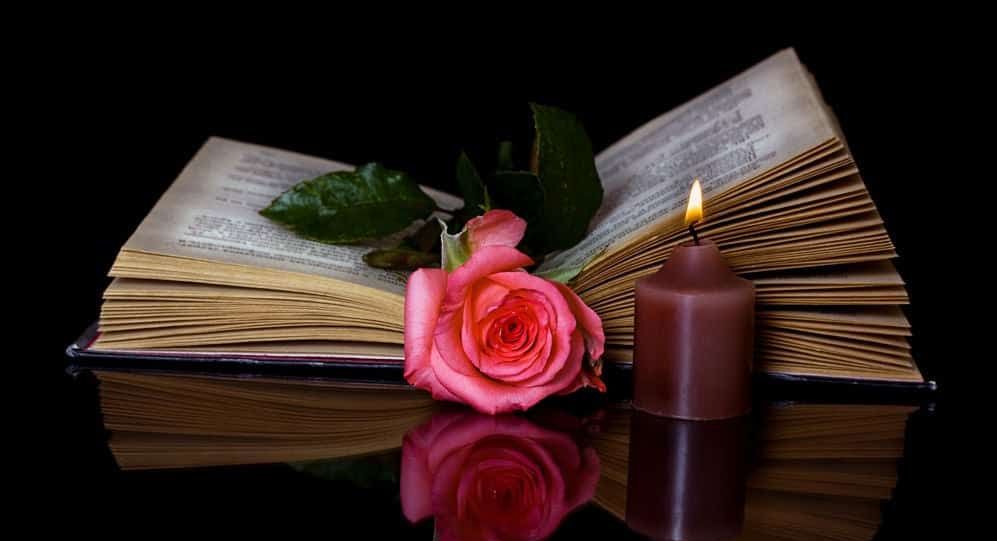Nanna May had a close-knit family. So when she passed away, Craig helped her 4 daughters arrange a highly personalised funeral from a distance using video call.
“Nanna May was my wife’s grandma. Everyone called her Nanna May. That basically became her name. She was from Hull. A tough, working class, Hessle Road mother. She was such a strong lady. But all about family. There were always a lot of gatherings and get togethers. BBQs. Christmas. Other special occasions. A very family-centric unit. A regular meet up would last for 3 days with loads of people and everyone always taking photos.
“I stepped in and offered to arrange the funeral because I knew how her passing affected the entire family. I knew that across the board, everyone would be in pieces. Particularly those in the family who were closest to her. I’d had my own mum’s funeral just a year before, so I felt quite dialled into what everyone was going through."
Planning the funeral remotely
“Nanna May had lived a long life. She was 94 when she passed away. She’d purchased a funeral plan, so the bulk of the costs were covered. There weren’t any problems there and it took a lot of the stress out of it. But I did have the problem that I lived in the South of England at the time, and everyone else lived up North. So I knew that I’d have to plan the funeral remotely.
“We decided that a Microsoft Teams video call would be a good way to start things off. May had 4 daughters, so they gathered in one house. One of the grandkids went over to set up a laptop and give a bit of tech support. And I began to speak to the 4 sisters about what they wanted from the funeral service.
“They wanted the funeral to be all about May. Making it as personal as we could. The nicest service we could possibly arrange. So we started to go through some details. Of course, when there are 4 people who all want a say, this can get a little complicated - veryone has strong ideas about what they want and you need to find a way to make all of those ideas work together. Ultimately, everyone needed to compromise somewhere. We settled on a blend of traditional and modern funeral practices being best.
“Once we’d agreed what everyone wanted, I sent everything through to the family’s chosen funeral director by email. I wrote a full summary of everything that we wanted. Having it on email made it easier listing everything out and making sure nothing was missed. It’s a lot easier to keep on top of things that way. Then, everything else was done over the phone.
“Once the funeral was agreed on, I asked the daughters whether they wanted to put a death notice in the local paper. 3 of them said no. May had outlived most people she knew. There wasn’t really anybody left who’d be reading the paper to even see it. But one of the daughters did want the notice. We asked her to explain why it was important to her and her answer was tradition. It was something that the family had always done, so why should it change now? So we put the notice in the paper. If something is important to one person, and doesn’t impact anyone else, then there’s no reason not to. At the end of the day, funerals are about people saying goodbye in the way they want. So if it was important to one sister, it was important overall.
“Then we balanced traditional with modern again. May had friends and family all over the country who wouldn’t see the local funeral notice. So we set up a Much Loved page with details of the service. It got shared around quickly. And this meant we’d covered both bases. Modern and traditional, reaching everyone May cared about.”
“As I said earlier, May had lived a long and full life. She’d seen a lot and done a lot. We spoke about the audio-visual equipment at the crematorium that can be used and decided we wanted to share some visual tributes to her. Lots of photos from over the years. From old black and white photos to the most recent ones taken on everyone’s phones.
“Everyone reacts differently to loss, and when funerals happen, some people will want to keep themselves occupied and will ask what they can do to help. One of May’s granddaughters was one of these people, so we asked her if she could gather as many photos of Nanna May as possible. She took on the responsibility of contacting everyone in the family and getting them to send across their favourites. Then she sifted through them. Hundreds of them, picking out the best ones. Nothing embarrassing, nothing goofy. Just curating the best photos for the visual display.”
The funeral
“The funeral went as we’d planned. Each daughter had chosen something they wanted to be included. A poem or a song. There was the beautiful visual tribute. And the order of service had some of the photos to show everyone a little more about May’s life too.
“The back page of the order of service had a poem that I’d written about her. She had such a character and I’d wanted to do it justice. I’d been speaking to my wife, and we’d been laughing thinking about all the things May used to come out with. We’d been talking about what she would say if she were still here. The truth? She’d tell us all to stop blubbering and get on with it.
“So we wrote a poem that finished up with one of her best-known lines. She loved her family dearly but eventually we’d all get on her nerves, and she’d tell us all to sod off. So those were the closing lines of the poem for the back page of the order of service – “now sod off you lot”.
“I knew that the hardest part of my mum’s funeral was walking away from the coffin at the end. Turning your back and leaving. I remember walking out of the venue and my brain going ‘now what am I supposed to do?’. My wife’s family hadn’t faced that yet and I wanted to make it easier for them when it did happen. So there was a surprise for them at the end of the service.
I’d had 4 canvases printed. One dedicated to each daughter, filled each with photos of the daughter and their children with Nanna May. They were arranged in the garden outside of the funeral venue. So when they walked out and had their ‘what am I supposed to do now?’ moment, they were greeted with all of these beautiful memories.
“I had some keepsake cards made too. Credit card sized and laminated, with a picture of Nanna May, her birth date, date of death and age. Then on the other side, a poem. We had someone handing them out to everyone who wanted one after the service.
“There’s this bizarre British tradition that we seem to have where after the funeral, one of the most emotional and difficult experiences of your life, you’re suddenly meant to start talking to people. It’s like you’re meant to get your stiff upper lip on and be a good host. Having these canvases to look at gave them a second to themselves. The cards gave everyone something to talk about when they were ready.”
After the funeral
“After the funeral came the question of what to do with the ashes. May had been born and raised in Hull. So one daughter felt the ashes should be scattered there. One daughter wanted to keep the ashes. The others didn’t mind what happened to them but didn’t want them to be split.
“This was another scenario where communication and understanding is so important. I asked why one daughter wanted to keep the ashes. She wasn’t entirely sure but she was certain she wanted to keep some. So we talked over the options. There are so many things you can do with ashes now. Small keepsake urns. Have them turned into gemstones. The list goes on.
“She decided she wanted to keep them around her neck in a locket. And there are lockets that you can buy now that are specifically made for this. So we got one. I helped put some of the ashes inside the locket. And the rest were scattered in Hull.”
Craig’s tips for planning a funeral
“Sometimes personalising the funeral seems daunting as there is so much to do and you are not functioning at your best. Don’t be afraid to ask others to help as very often people want to make themselves useful. If someone says is there anything they can do to help – say yes and use the help.
“Although I was dealing with the funeral director and the main arrangements, one of the granddaughters was requesting photos of May from all the family and shortlisting them – ready for me to use. Another grandchild put together and delivered a eulogy and there were a lot of calls between the family all chipping in to help where they could.”
To thank Craig for sharing his story, we’ve made a contribution to Cancer Research in memory of May.
Image credit: All images kindly supplied by Craig

